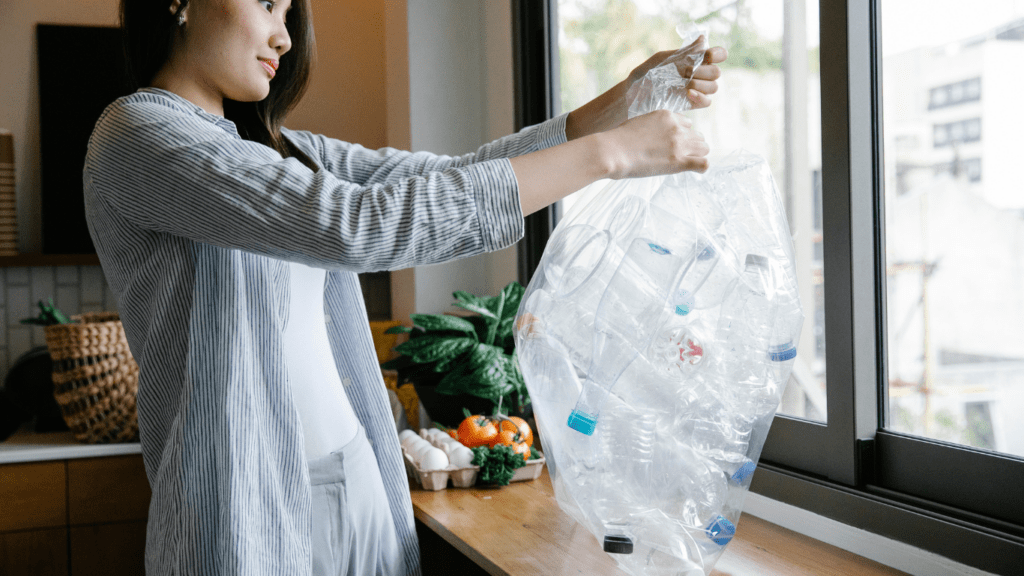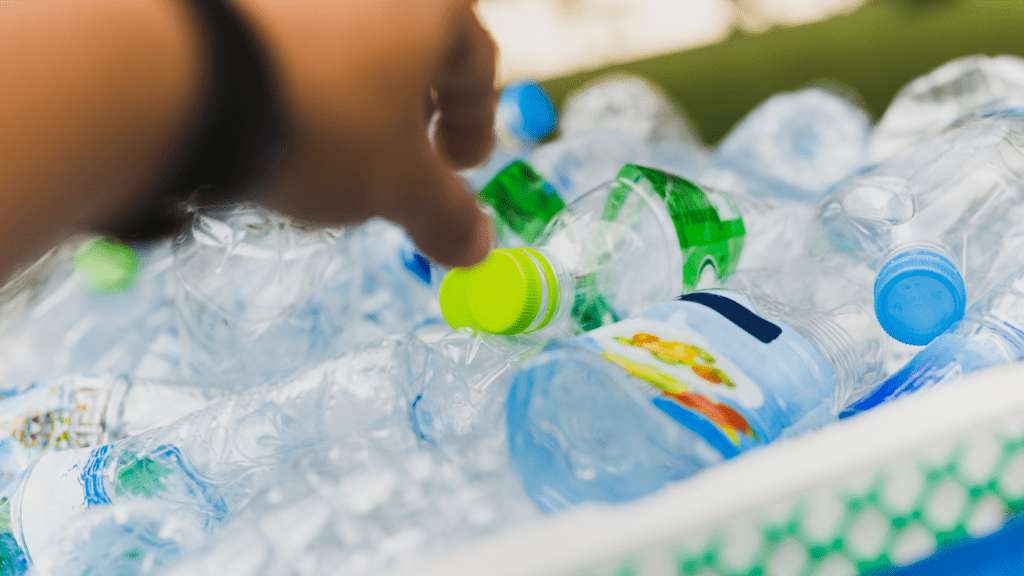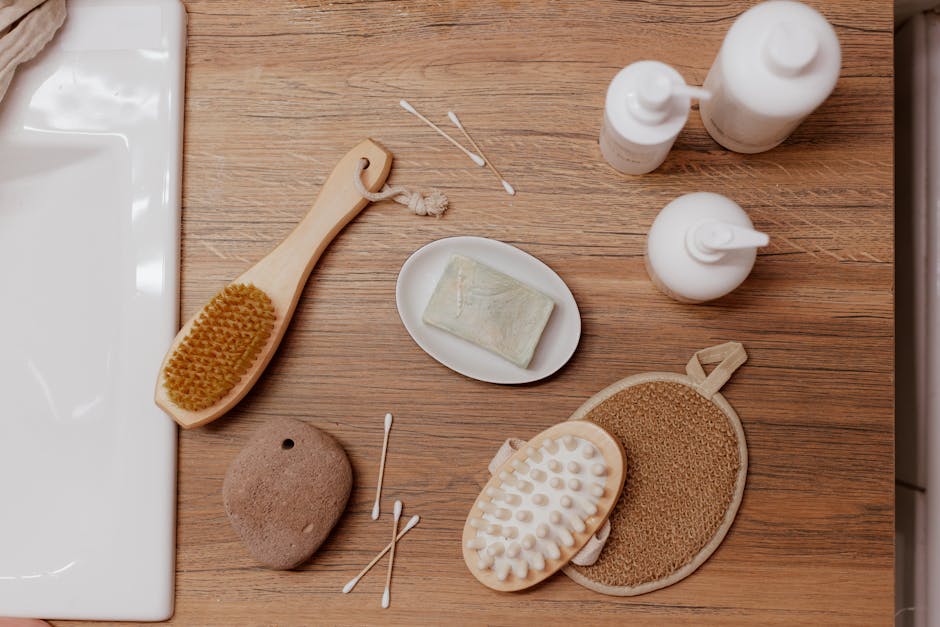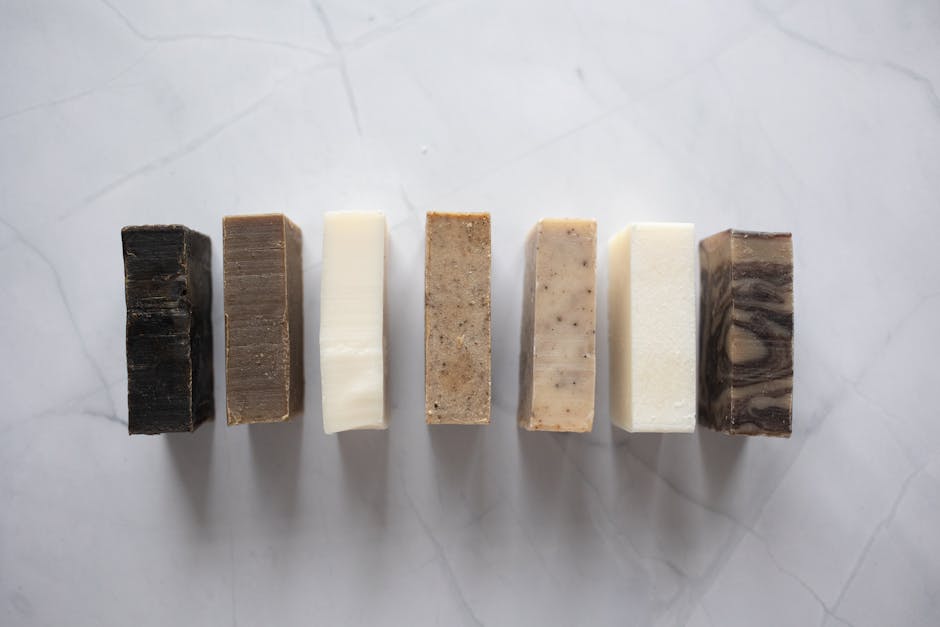Understanding Plastic Waste in Beauty Products
Plastic waste from beauty products affects our environment significantly. Addressing this issue involves understanding its impact and identifying common plastic items in beauty routines.
Why Reducing Plastic Waste Matters
Reducing plastic waste protects the environment. Plastics take hundreds of years to decompose, contributing to pollution and harming wildlife. Marine life, for instance, often ingests plastic debris, which can be fatal.
Additionally, microplastics from beauty products end up in waterways, affecting human health. The production of plastic also consumes fossil fuels, raising our carbon footprint. By minimizing plastic waste, we conserve resources and support ecological balance.
Common Plastic Items in Beauty Routines
Common plastic items in beauty routines include:
- Bottles: Shampoos, conditioners, and lotions often come in plastic containers.
- Packaging: Many products have outer plastic wrapping or seals.
- Tools: Brushes, combs, and razors frequently contain plastic components.
- Microbeads: Some exfoliants use plastic microbeads that wash into waterways.
- Sample Packets: Single-use samples generate significant plastic waste.
Identifying these items helps in making conscious choices to reduce plastic use.
Practical Tips to Reduce Plastic Waste

Reducing plastic waste in your beauty routine is crucial for environmental sustainability. Here are effective tips to help you minimize plastic use.
Choose Refillable Products
Refillable products significantly cut down on single-use plastic. Many cosmetics brands now offer refillable options for items like foundations, lipsticks, and moisturizers.
By purchasing refill packs instead of new containers, you reduce waste. For instance, brands like Kjaer Weis and Fenty Beauty provide refillable beauty products that maintain quality and contribute to sustainability.
Opt for Products with Biodegradable Packaging
Biodegradable packaging decomposes much faster than traditional plastic. Look for beauty products packaged in materials like paper, bamboo, or cornstarch.
Lush, known for its minimal packaging and use of biodegradable materials, offers shampoo bars and soaps wrapped in paper. Another example is Ethique, which uses compostable packaging for all its products.
Support Sustainable Brands
Supporting brands committed to sustainability encourages eco-friendly practices in the beauty industry. Research and choose companies that prioritize environmentally responsible packaging and production.
Brands like Tata Harper and Herbivore Botanicals emphasize clean beauty with minimal environmental impact. These brands often use glass, aluminum, or recycled materials, reducing plastic waste.
DIY Beauty Solutions
Adopting DIY beauty solutions reduces plastic waste significantly. Here are practical tips and recipes to make your beauty routine more sustainable.
Homemade Skincare Recipes
Creating skincare products at home eliminates the need for plastic containers. I use simple ingredients like coconut oil, honey, oatmeal, and essential oils.
- Face Mask: Mix 1 tablespoon of honey with 1 teaspoon of turmeric. Apply the mixture to your face, leave it on for 15 minutes, then rinse with warm water. This brightens skin and helps reduce acne.
- Body Scrub: Combine 1 cup of coconut oil with 1/2 cup of brown sugar. Scrub your body in circular motions, then rinse. This exfoliates and moisturizes skin.
- Lip Balm: Melt 2 tablespoons of beeswax, add 2 tablespoons of coconut oil, and a few drops of essential oils. Pour into a small reusable container and allow it to cool. This provides a natural and hydrating lip care solution.
Natural Makeup Alternatives
Using natural ingredients for makeup reduces reliance on plastic-packaged products. I find that these homemade alternatives work well and are healthier for the skin.
- Foundation: Mix arrowroot powder with cocoa powder. Adjust the mixture for your skin tone by adding more cocoa. Use a reusable container to store it.
- Blush: Create blush using beetroot powder. Mix it with arrowroot powder for a lighter shade. Apply using a reusable brush.
- Mascara: Combine activated charcoal with aloe vera gel and a few drops of vitamin E oil. Store in a reusable mascara tube and apply with a clean brush.
Incorporating these DIY beauty solutions into your routine supports sustainability and reduces plastic waste.
Advocating for Change
The beauty industry’s plastic waste problem needs collective action. Besides personal efforts, advocating for change also influences larger scale improvements.
How to Influence Brands and Policy
Consumers hold significant power by influencing brands and policy. Reaching out to brands directly, sharing feedback about their packaging, and requesting sustainable alternatives create pressure for change.
Clear, specific requests often get more attention from companies. Mention specific products and offer solutions like refillable options or biodegradable packaging.
Engaging with policy makers by signing petitions, participating in public consultations, and supporting legislation that aims to reduce plastic waste makes a substantial difference.
Share these initiatives on social media to amplify their impact. Collaboration between consumers, brands, and policymakers leads to lasting changes.




